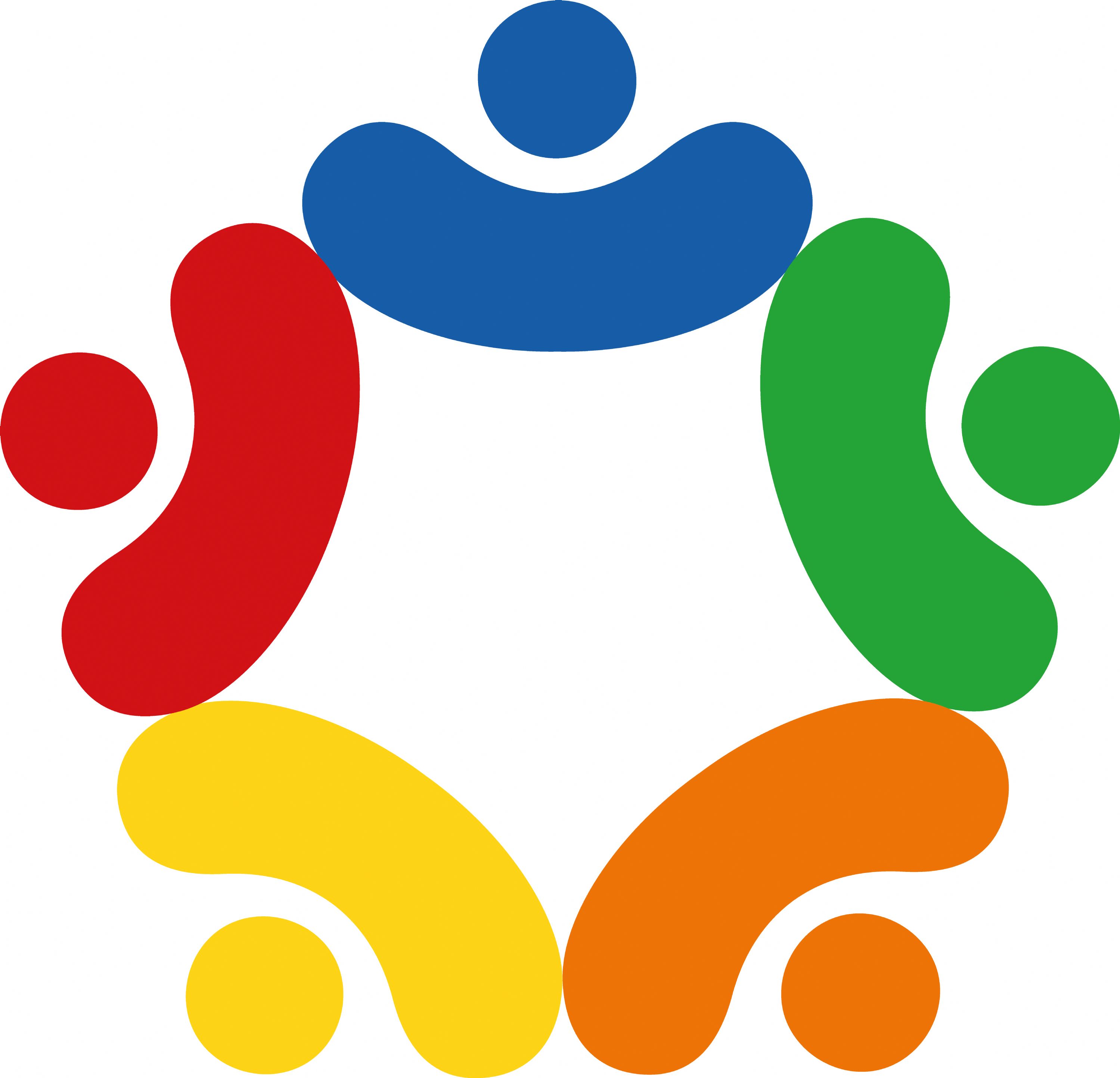Music
“Music is the universal language of mankind” - Henry Wadsworth Longfellow
Subject Leader: Lucy Bond
Link Governor: Claire Caldwell
At Christ Church, each child has the chance to experience a rich musical education. We believe that every child can be a musician and should have the opportunity to discover their musical potential. Our lessons aim to engage and inspire pupils to develop a love of music and their talent as musicians. As the children progress, they compose, perform and listen with discrimination to a wide range of music across different styles and cultures.
Christ Church is proud to have been designated a Music Mark school.
‘Music Mark Schools have been nominated for their recognition of the value of music as part of the curriculum and are actively engaged in improving music education provision within their school community.’
At Christ Church, children receive a weekly music lesson. This takes place through a lesson with a music specialist for half of the year, and music lessons with their class teacher for the other half, as well as a weekly, half hour, singing assemblies separated into infants and juniors. This covers aspects of the singing curriculum as well as being part of collective worship.
Year 3 are also taking part in whole class instrumental lessons, learning the ukelele for half of the year with a specialist teacher provided by Kingston Music Service. We offer three recorder groups to children in the juniors. The most advanced children learn a range of recorders and also perform with the school orchestra.
In Years 5 and 6, the children have the opportunity to learn the hand bells. They play in school concerts and church services and have played Christmas Carols outside Waitrose.
The school orchestra is open to all children who learn an instrument in KS2. Currently we have children playing violin, keyboard, recorder and oboe we are always open to extra instruments joining.
The school also has a thriving junior choir with over 75 children taking part. It has recently performed in several local churches, Christmas Carols in John Lewis and the Rose Theatre. We are looking forward to a packed summer term with performance opportunities at the summer fair, school concert and at the Kingston Music Festival. We believe passionately that all children should be given the opportunity to sing and perform and therefore the choir is open to any child who wants to join.
You can see a copy of our School Music Development Plan here.
What Children Learn
Nursery
In the Nursery, the children will learn many songs and rhymes and have an abundance of opportunities to sing them. The children will have access to instruments and begin to freely explore the ways they can be used and the differing sounds they can create.
Reception
In Reception, the children will learn the names of and how to play a range of instruments. They will continue to build a bank of well known rhymes as well as begin to create their own often by adapting the words to previously learned rhymes. Whilst singing the children will begin to match the pitch of someone singing and use words such as high and low to describe their own pitch. The children will begin to move their body in time to music by copying or creating their own actions. As the year progresses, the children will be taught to count in beats of 8 to stay in time to music. By the end of the Reception year, the children will confidently perform songs and dances to a group of their peers.
Years 1 - 6
Please see the attached curriculum map for details of what the children learn in each year group.
